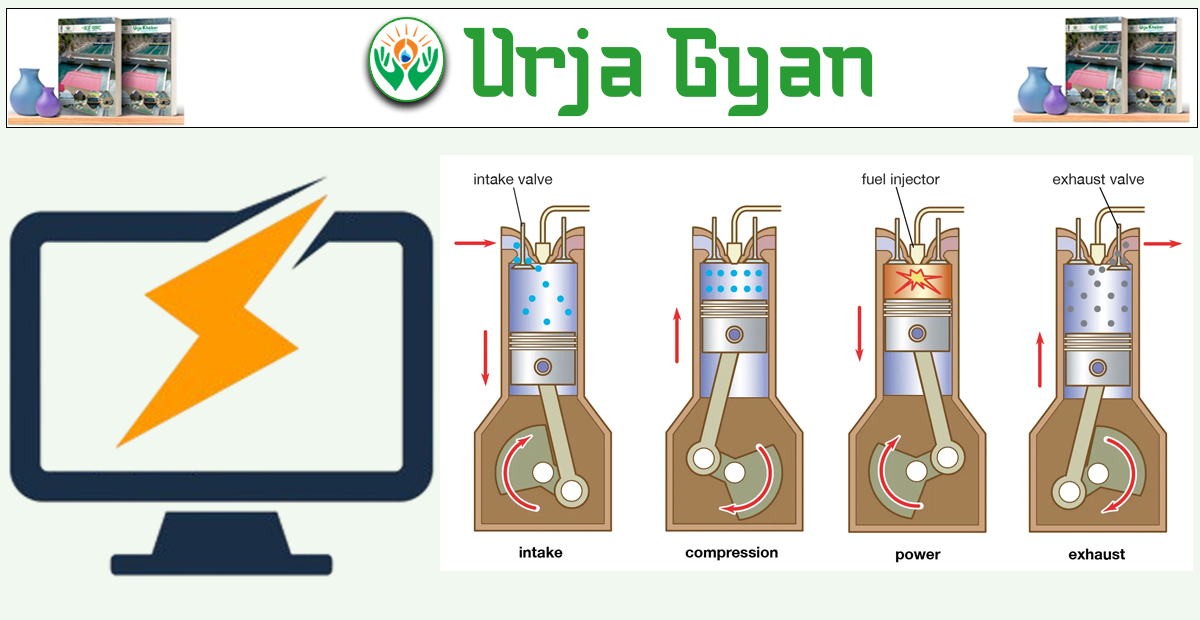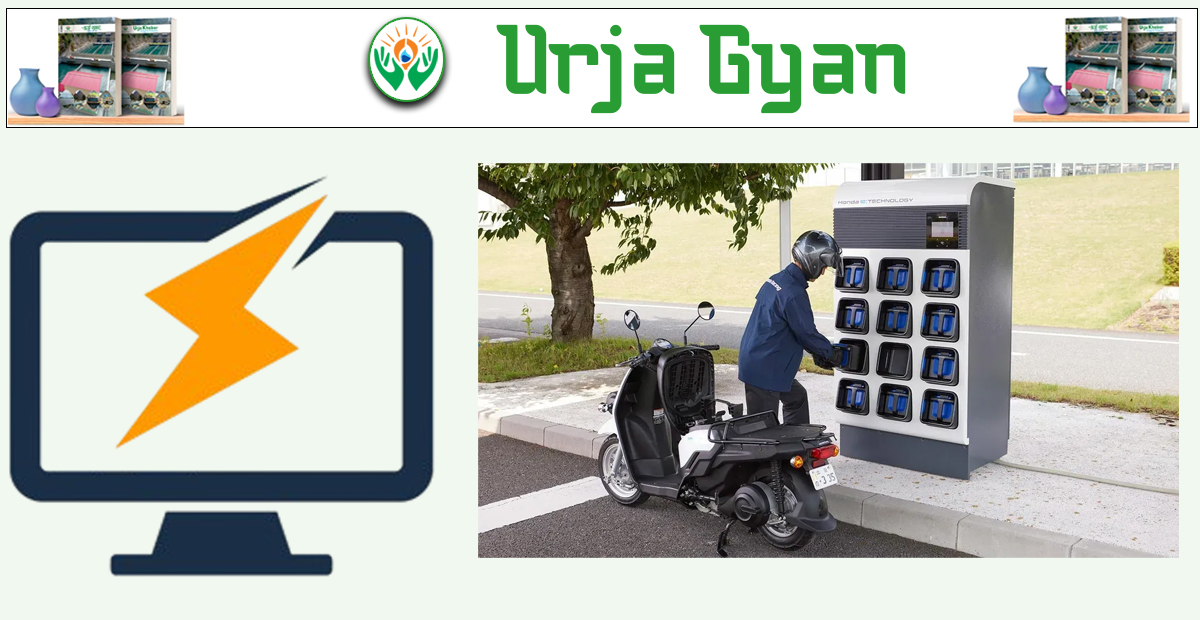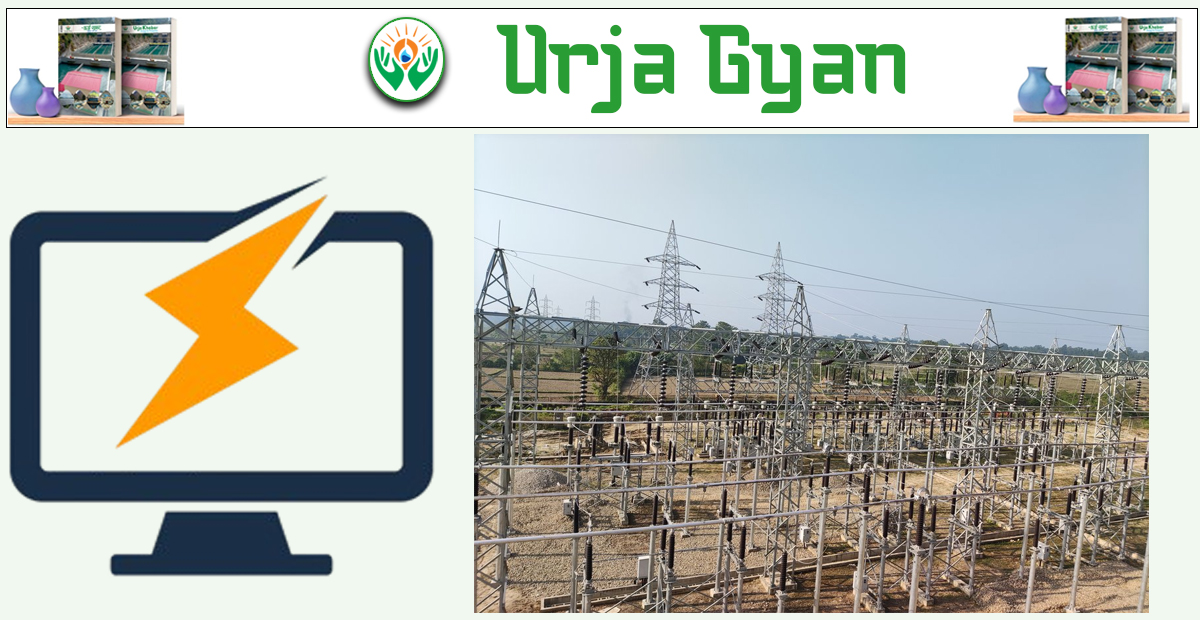Energy Update
Advantages and Disadvantages of Hydropower

Kathmandu: As part of our weekly series, "Urja Gyan," published every Friday, this week's topic discusses the advantages and disadvantages of hydropower. Last week, we covered the types, structures, and equipment used in hydropower plants. Now, we will briefly explain hydropower, one of Nepal's major natural resources:
1. Advantages of Hydropower
• Nepal has tremendous opportunities to develop hydropower for economic prosperity.
• It is cost-effective, as seen in the tariff rates of the Nepal Electricity Authority.
• The same water can be used multiple times through cascading, as exemplified by the Kulekhani-1, 2, and 3 projects.
• Even if parts break, they can mostly be repaired within Nepal.
• It is environmentally friendly, producing no pollution.
• Operating a hydropower plant is relatively easy.
• The infrastructure has a long lifespan. For instance, the 500 kW Pharping Hydropower Plant has been operational for over 100 years since its construction.
• Large hydropower plants with reservoirs can serve as recreational areas for activities like fish farming or boating.
• Multipurpose hydropower plants can also be used for irrigation.

2. Disadvantages of Hydropower
• It requires a high initial investment, which can amount to around NPR 200 million per MW, depending on the site.
• During the dry season, water levels decrease, and only about one-third of the plant's capacity can be generated, especially in run-of-river (RoR) plants.
• Reservoir-based hydropower plants can result in the submersion of villages and forests, negatively impacting the environment, plants, and wildlife.
Multiple Choice Questions
1. How many watts of power is typically received per square meter on the Earth's surface from the sun?
(a) 1000
(b) 2000
(c) 3000
(d) 4000
Answer: 1000

2. What is the approximate lifespan of a solar panel ?
(a) 25 years
(b) 50 years
(c) 10 years
(d) 80 years
Answer: 25 years
3. What type of electrical power is generated by a solar panel?
(a) AC
(b) DC
(c) Both
(d) None of the above
Answer: DC
4. What does an anemometer measure?
(a) Air temperature
(b) Wind speed
(c) Air humidity
(d) Air pressure
Answer: Wind speed
5. Which type of turbine is used for high head, low discharge?
(a) Pelton
(b) Francis
(c) Crossflow
(d) Trishuli
Answer: Pelton
6. Among the following power plants based on different energy sources, which one requires high investment but has low operating costs?
(a) Hydro
(b) Nuclear
(c) Coal
(d) Diesel
Answer: Hydro
7. What is the name of the hydropower plant owned by Nepal near the Nepal-India border?
(a) Gandak
(b) Devighat
(c) Trishuli
(d) Chatara
Answer: Gandak
8. Why is a peltric set (micro-hydropower system) inexpensive?
(a) No need to build a dam
(b) An HDPE pipe is sufficient for the penstock
(c) Everything is included in one set
(d) All of the above
Answer: All of the above
Conversation
- Info. Dept. Reg. No. : 254/073/74
- Telephone : +977-1-5321303
- Email : [email protected]














